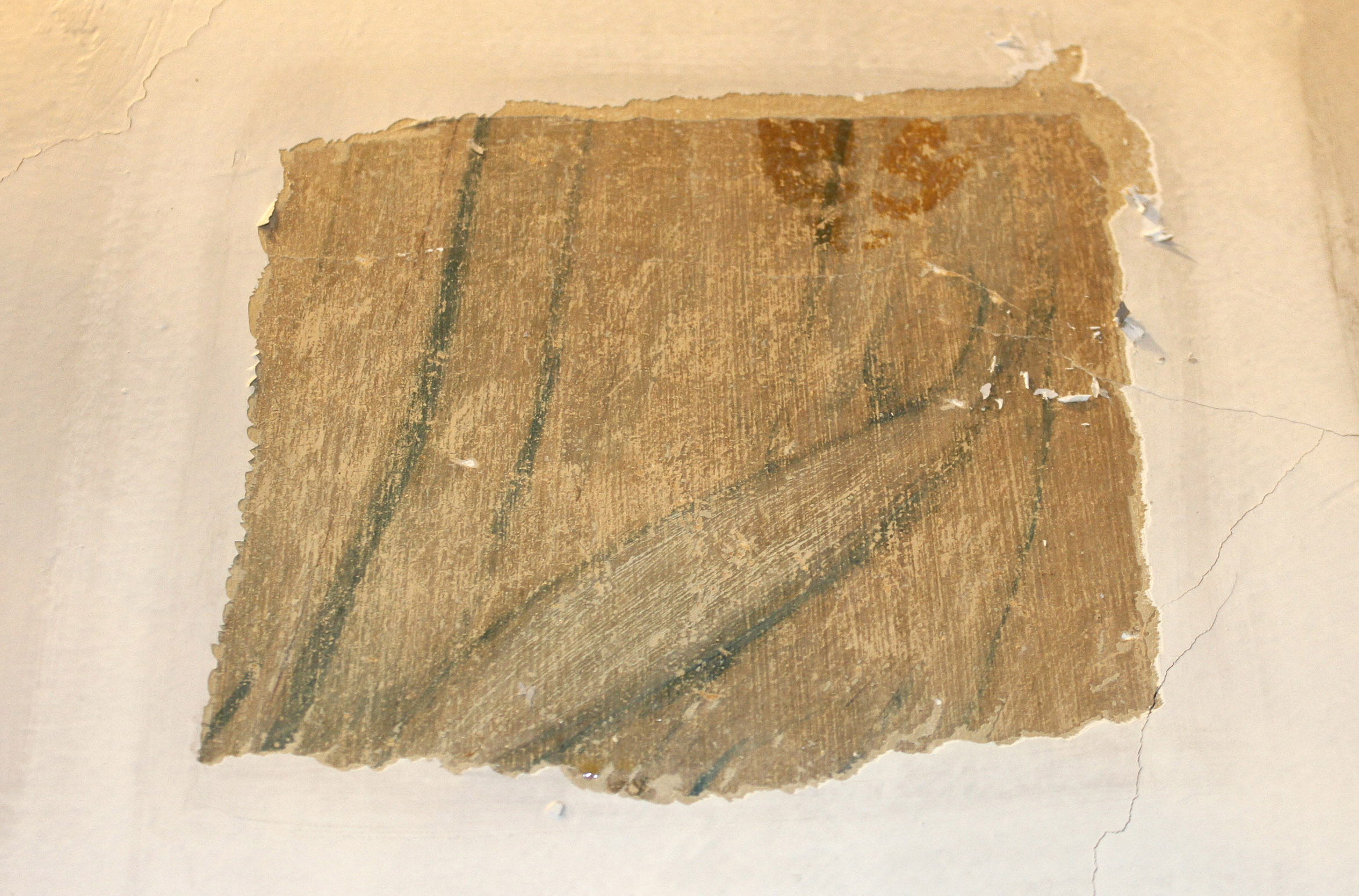Elaborate wall paintings dating back to the Victorian era have been discovered at Shrewsbury Cathedral, after being hidden for around 70 years.
Conservators found colourful depictions of biblical scenes and the saints after chipping away two layers of cream paint which were applied during alterations to the cathedral in the 1950s.
It is thought that the images have survived well enough to be recovered and conserved for the future.
The paintings were created by Joseph Aloysius Pippet, a Catholic designer who worked in the chapels and chancel of the cathedral from 1885.
They were found on the walls around the altar and sanctuary.

The largest painting, located on the sanctuary arch, shows Christ “seated in glory” in the presence of the Virgin Mary and St Joseph.
Three sections of another painting were uncovered on the upper north wall of the sanctuary showing the Archangel Gabriel visiting the Blessed Virgin Mary at the Annunciation.
The discoveries were made during a two-year project to restore the cathedral, returning the sanctuary to its original design.
Thousands of neo-Gothic revival floor tiles which had been covered by carpets have also been discovered.
Sophie Andreae, the vice chairwoman of the Patrimony Committee of the Catholic Bishops’ Conference of England and Wales, said finding the paintings intact was “very exciting”.
“The careful current restoration project which will see the unsympathetic alterations carried out in the 1970s and 1980s reversed and the interior of Shrewsbury Cathedral restored to its former glory is an inspiration,” she said.
“A growing appreciation of historic Catholic church buildings, and in particular their interiors, in recent years is leading to a re-evaluation of what was done back then and a welcome desire to restore beauty and colour to our buildings.”
James Crowley, architectural historian and the secretary of the Wales and Herefordshire Historic Churches Committee, said: “Perhaps the most exciting prospect remains to be seen.
“I am hopeful that further work by the conservators will establish that extensive sections or even the whole scheme might be recovered, increasing the aesthetic quality of the interior and serving as an aid to the practice of our faith.”





